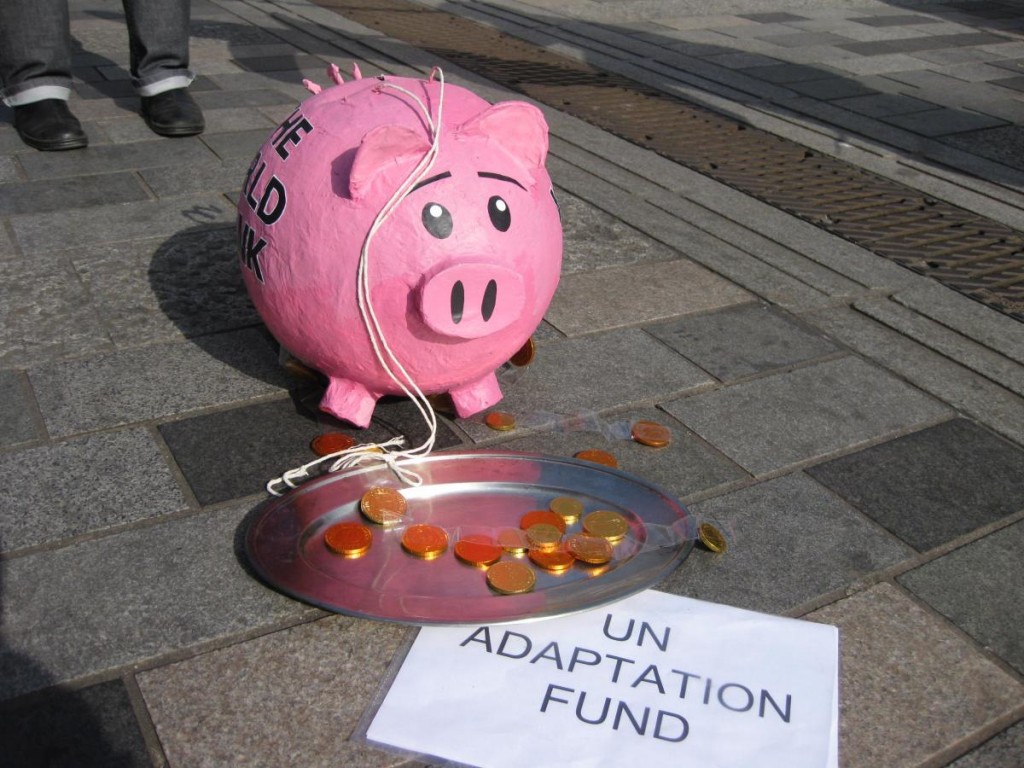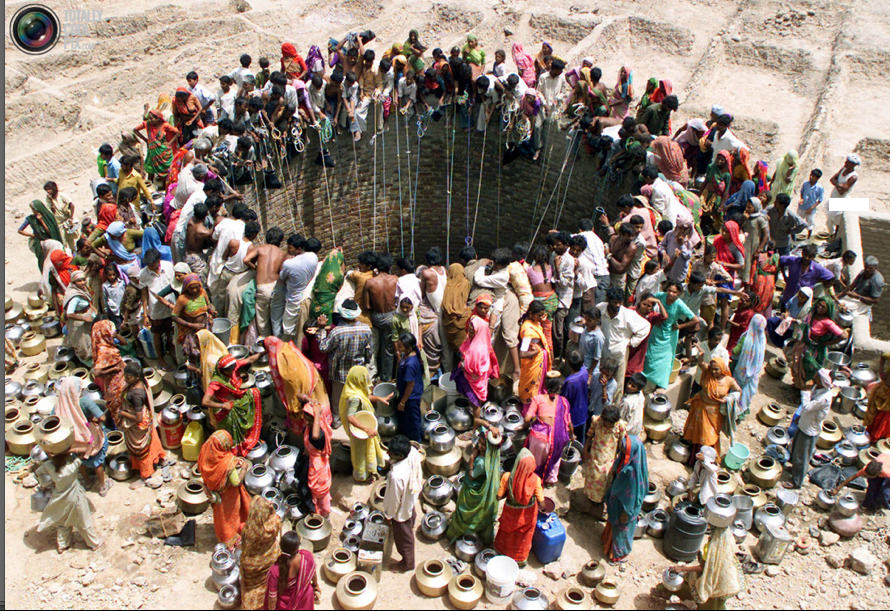by Surya Karki
The Adaptation Fund originated as part of the overall Bonn Agreements on the Implementation of the Buenos Aires Plan of Action from the 6th COP with an objective to ‘reduce vulnerability and increase adaptive capacity to respond to the impacts of climate change, including variability at the local and national levels.’
Following that, paragraph 15 of decision 17/CP.7 noted that a 2 percent share of the proceeds from Clean Development Mechanism (CDM) project activities would be used to finance the cost of adaptation. But given that the adaptation fund is financed through a share of proceeds from the CDM, activities related to the fund could not take place until the Kyoto Protocol came into force in 2005. Basically the AF was established in 2001, came into force in 2005, but didn’t start its functions until 2009 when the Adaptation Fund Board was established.
The fund is one of three financial mechanisms that supports adaptation in developing countries. It has many innovative features; it was established as a fund that would not wholly depend on financial contributions from developed nations, 69% of the seats on the AF Board are held by developing country governments, and the AF has been allowing accredited institutions based in developing countries and regional institutions to access funding directly.
As of January 2013, the AF was capitalized at $341 million, of which 60%– around $186 million–were collected from CDM revenues. This sum might seem a lot but the reality looks different because the demand for AF resources exceeds available funding. The main source of funding, 2% shares of process from CDM, is unlikely to meet the projected financial resources for the fund because the carbon prices are so volatile: the price has decreased from $16.39 per tonne in 2011 to $0.82 per tonne of CO2 in 2013.

The current funding that a country can receive is capped at $10 million, which is very little to “reduce vulnerability and increase adaptive capacity to respond to the impacts of climate change”. But on top of that, the fund itself is practically empty–and the little remaining funds will only be available for climate change projects that are developed and led by national and regional agencies, such as government ministries and research institutes.
According to Adaptation Fund Board Report, some developed countries, Sweden, Belgium and Australia, in 2012-13 pledged a total sum of $30 million. The government of Sweden and Belgium stated their commitment to fulfilling their pledge while Australia backed off from their pledge of $14.2 million earlier this year. They cited tough economic situation for not having fulfilled their promise to the Adaptation Fund. Really? What about the $26.12 billion military expenditure that occurs every year?
With very little money in its pocket, an unsuccessful online fundraising that only raised $1000 and no funding commitments from developed country parties, the Adaptation Fund seems to be drawing to an extinction. With the falling carbon prices and very little revenue from CDM shares to fund Adaptation Fund activities, Green Climate Fund, seems to be the only ray of hope for Adaptation Fund to reach its full potential to “reduce vulnerability and increase adaptive capacity to respond to the impacts of climate change”. But the question is: will the GCF allocate more than $300 million for adaptation in comparison to the already allocated $3 billion for mitigation projects?

The uncertain world of climate finance has one thing certain, poor people will continue to suffer the impacts of climate change for which they have very little do. The developed countries have to open their wallets and commit to humanity. The developing country parties will have to come together as a force and continue to demand additional funds for adaptation. Thus, heading into COP 19 in Warsaw, the centre stage of climate finance will be the question of whether any climate finance will be adequate, predictable and sustainable, new and additional, and will address issues of mitigations and adaptation equitably.